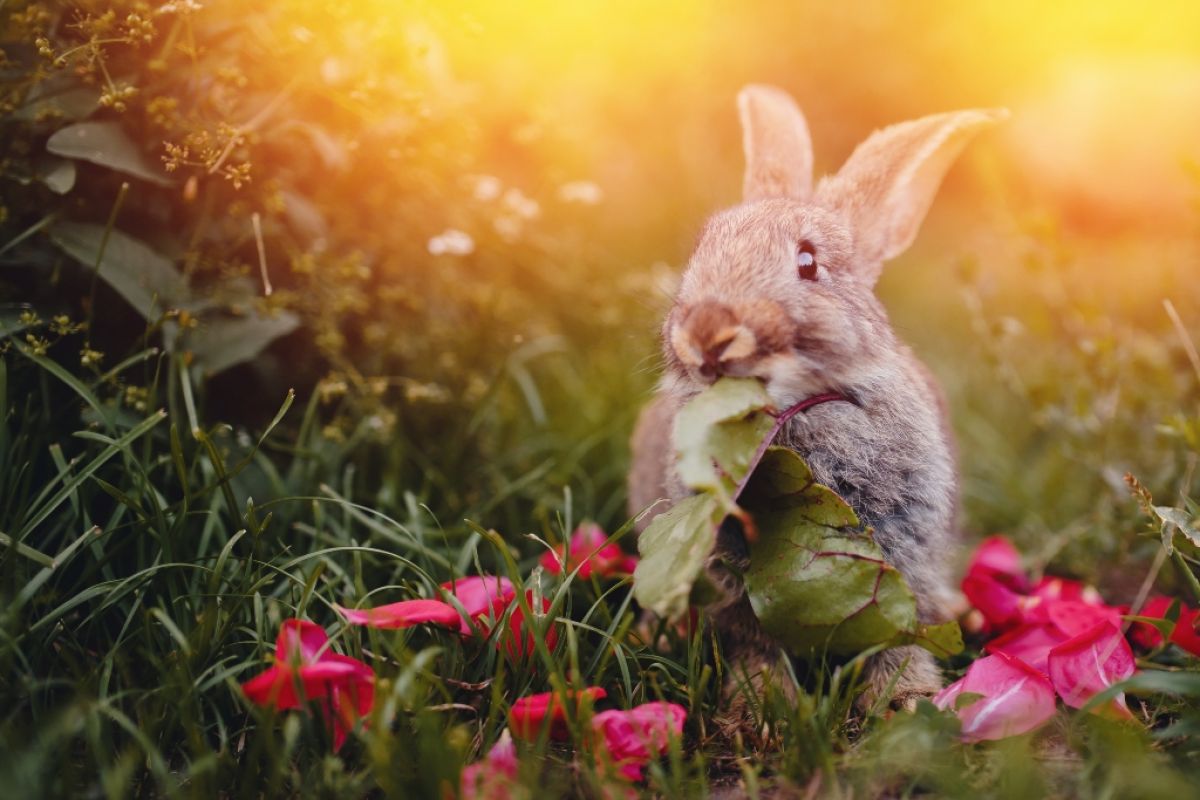Peter Rabbit is cute, but he can be a problem for gardeners, especially when seedlings and small plants are available, and he wants them for his dinner.
You can identify rabbits as the culprits if you see the prints of their two back legs in wet soil. Also, you may find their small dark-colored pellets that they leave in small piles. Also, their little sharp teeth nip, small stems and branches neatly, as opposed to deer who pull at the leaves and twigs in an untidy way.
If rabbits are eating your little seedlings, sprinkle the bed around them with wood ash from your fireplace and replace it after rain. If using a fence, be sure to bury at least 6 inches of the wire fencing underground. To protect just a few at-risk plants, create cylinders made of chicken wire or some tree guards.
Tiny plants can be protected with a plastic milk jug, for which the base has been removed. Always remove these jugs in hot weather in the hottest part of the day to be sure that your plants aren't damaged, but replace them at night.
Odoriferous sprays can be made with eggs, blood meal, and hot pepper sauce, and commercial sprays are also available to deter Peter.
This is Moya Andrews, and today we focused on rabbits.










